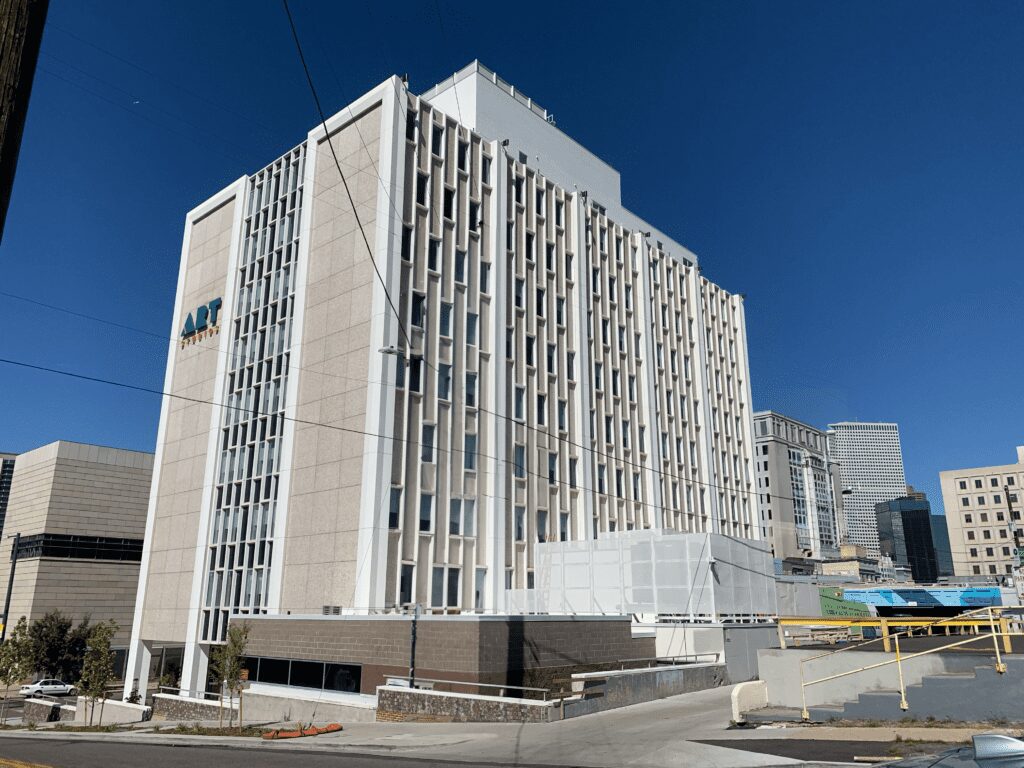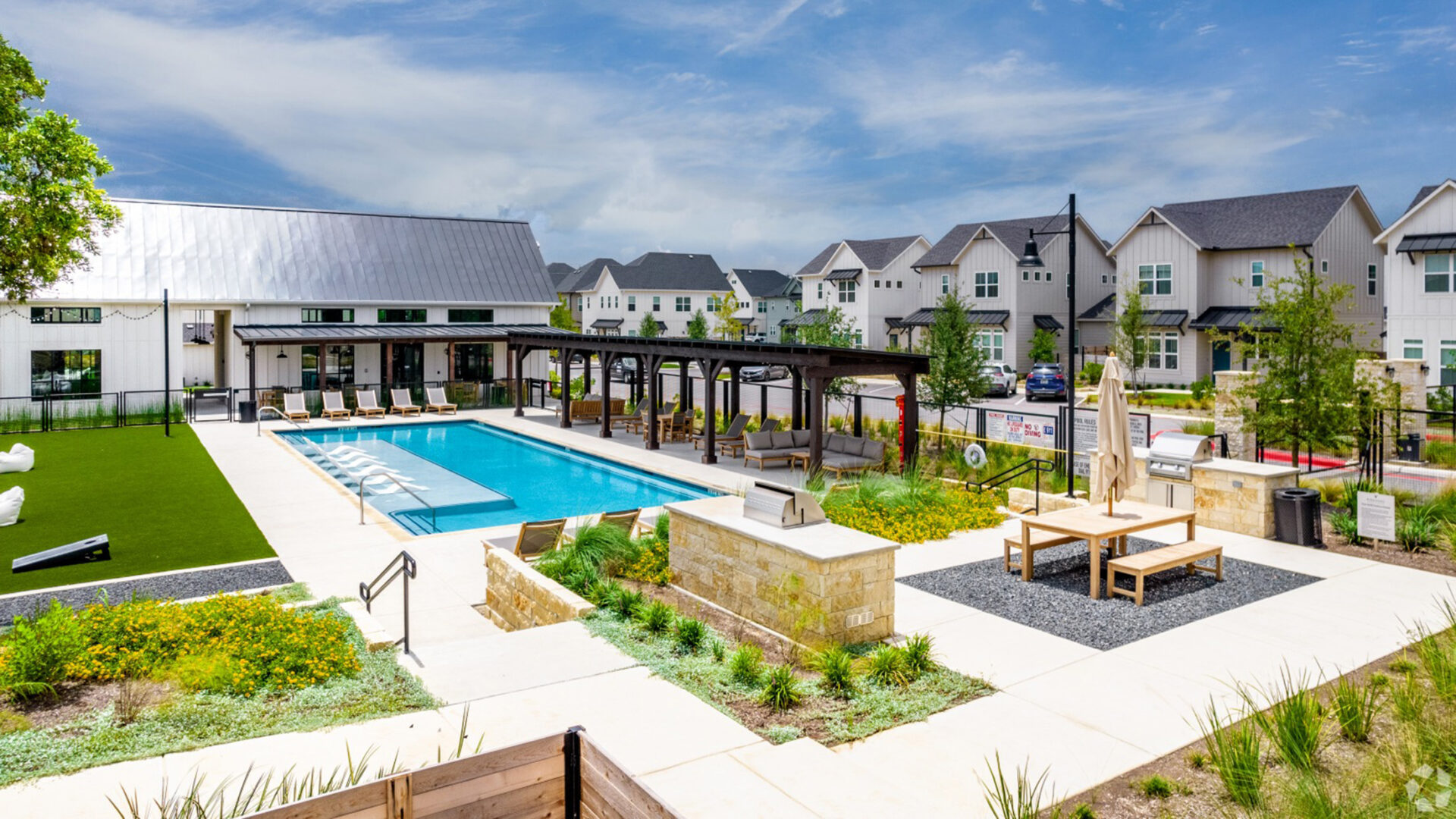Denver is filling to the brim with dead offices. Offices that were once useful during the downtown boom are now sitting empty as the city grapples with one of the worst housing crises in the nation. Vacancies are at a record high, with more than 20% of downtown offices sitting empty. According to data by Avison Young, that is higher than previous years, including 2020, which averaged ~13%. Zillow estimates Colorado’s capital is missing 70,000 units, yet more people are choosing to live downtown. Nearly 1,500 units were occupied by new tenants in the last year in Downtown Denver and Center City, according to the Downtown Denver Partnership. As the need increases for more market-rate apartments in the downtown area, conversations are starting around converting dead office space into residential units.
A team at KEPHART spent our R&D Day developing a plan and researching the feasibility and associated risks of determining whether and when a building could be a viable conversion option for reuse. Conversions, otherwise known as Adaptive Reuse, in Denver are inevitable, but the timing is uncertain. The city of Denver has recognized the need for more housing and has formed an Adaptive Reuse Office within the past year, led by Jennifer Ramsay.
Ramsay notes that “higher office vacancy rates are a concern, and we have serious housing shortages in the city, especially affordable housing. So the potential here is to capitalize on those existing assets instead of just letting downtown falter and all those investments go to waste. To create a Central Neighborhood District, we are looking to balance current office, residential, and retail uses to give that more vibrant, interesting, and sustainable community feel.”
To understand what existing assets would be potential adaptive reuse projects, the City of Denver commissioned a study using an algorithm by Gensler (click here for the full report) to evaluate the compatibility of 30 underutilized office buildings, hoping to start a conversation with the community. Sixteen buildings came out as top candidates for reuse.
From our group’s discussion with Ramsay, an evaluation of the study, and several site visits, our team determined what should be considered opportunities and challenges in adaptive reuse from office buildings to residential.
Opportunities:
- Understanding Matters: A thorough understanding of the IEBC and options for designing within alterations or prescriptive methods is crucial, in addition to experience in multifamily construction and standards. As more jurisdictions begin to adapt amendments to the code specific to adaptive reuse, KEPHART strives to keep current with these changes to building requirements and find the best path forward within the current allowable code.
- Leverage Strengths: As an award-winning multifamily architecture and planning firm, KEPHART prides itself on providing services that utilize our strengths in community, planning, and architecture. Firms interested in adaptive reuse will need to understand the architecture needs, as well as the planning efforts involved, to make the most of adaptive reuse opportunities.
- Necessity vs. Mission: Currently, adaptive reuse is driven by a mission to keep the urban center active. It is likely to become a necessity, especially as office vacancies increase. Taking on a role to revitalize the community where we live, work, and play will be a crucial goal for those looking to take on an adaptive reuse project.
Challenges:
- City Support: The City of Denver supports adaptive reuse and aims to facilitate such projects proactively. However, there is a current misalignment between what the market needs and what city regulations permit, such as parking requirements being dismissed by the city but still being a necessity in the market. Facilitating conversations to bridge this misalignment can create opportunities for successful re-use.
- Cost Considerations/Partial Conversion: Our group believes reuse can be feasible, but it comes with a large financial burden. Code compliance will not be the largest hurdle to a project’s success, but expenses will be a significant barrier. The purchase price of the land, plus market adjustments, has wiped out equity in over half of the attempted conversions so far. We suggest a partial conversion to reduce upfront costs and encourage new developer partnerships to make projects more financially viable. Finding the right sized unit to both encourage immediate occupancy and achieve the density to offset costs will be crucial to the feasibility of a building’s adaptability.
- Building Systems: Beyond the cost considerations, the ‘nuts & bolts’ of adapting a building for new use (particularly residential) is daunting and could have many unknowns. Here are some of the building system challenges we discussed with those familiar with conversion projects:
- Climate action goals
- Mechanical System replacement (assumption of 100%)
- Zoning code geared for new construction
- Assembly ratings
- Elevators (usually in excess)
- Plumbing capacity
As Denver grapples with one of the worst housing crises in the nation, the concept of adaptive reuse is emerging as a potential solution. Despite challenges like city regulations, cost considerations, and complex building systems, the potential for turning these dead office spaces into vibrant residential units presents a promising path toward addressing housing while breathing new life into the city’s urban landscape. Adaptive reuse is poised to be vital in shaping Denver’s future. It’s not a question of whether this trend will happen but how and when to engage







